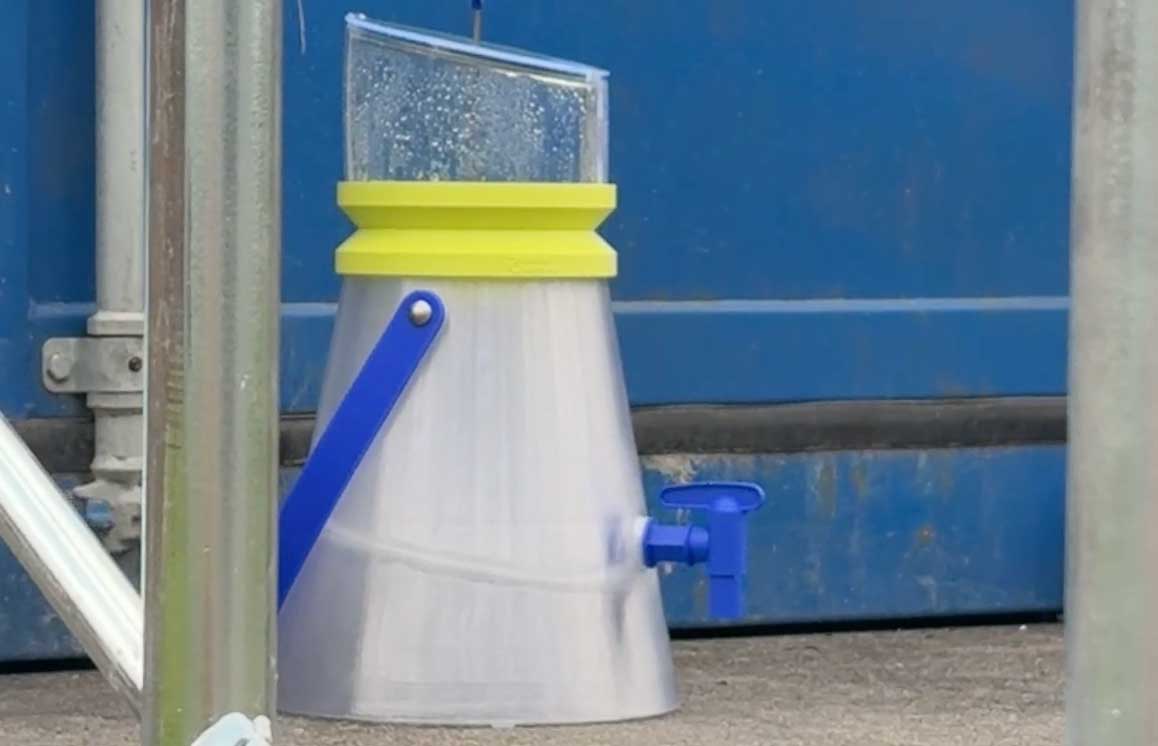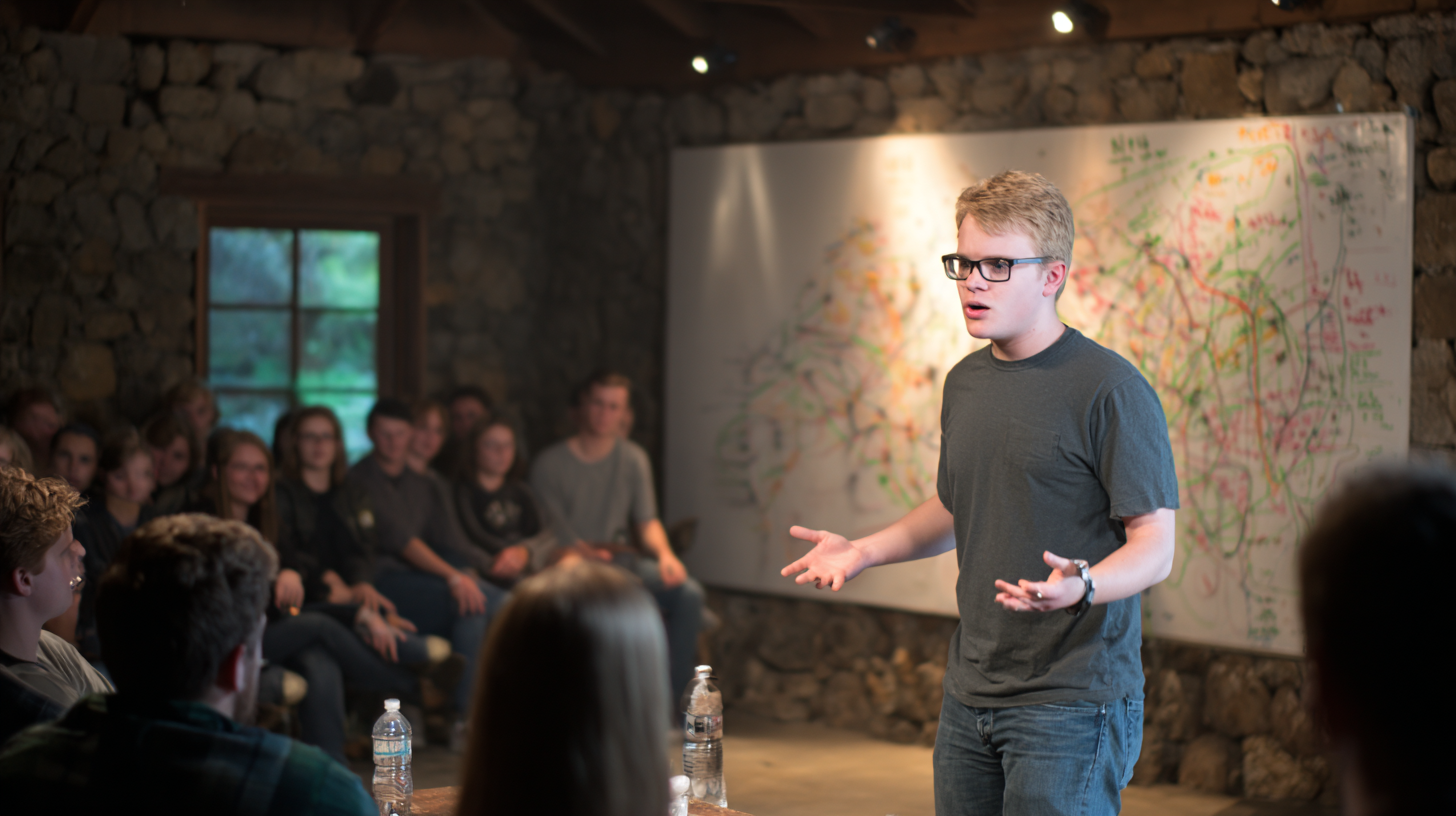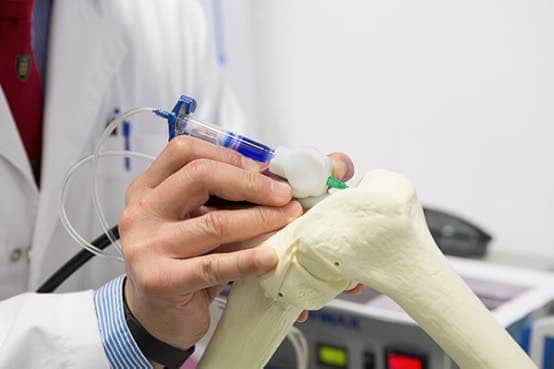Imagine a future where the dreaded needle prick at the doctor’s office becomes obsolete. No more cold steel, no more anxiety, no more crying children clutching their arms. Instead, drugs could be delivered by microscopic robots that ride shockwaves from collapsing bubbles—harnessing one of nature’s most violent yet controllable forces to perform delicate medical miracles.
A joint team of American and Chinese researchers has taken the first steps toward this future by turning bubble collapse—known as cavitation—into a propulsion system for microrobots. Cavitation is usually a destructive process, the same one that chews up ship propellers and turbine blades as vapor bubbles form and implode in liquid. But when carefully controlled, the violent energy from a bursting bubble can become an engine.
Continue reading… “The End of Needles? Bubble-Powered Robots May Change Medicine Forever”












